The "ring of fire" or annular solar eclipse will be visible from eight US states on October 14 this year for the first time in an astronomical view in North America.
During the event, skywatchers across North, Central and South America will see a partial eclipse lasting about three hours, but the ring of fire will only be visible for a few minutes.
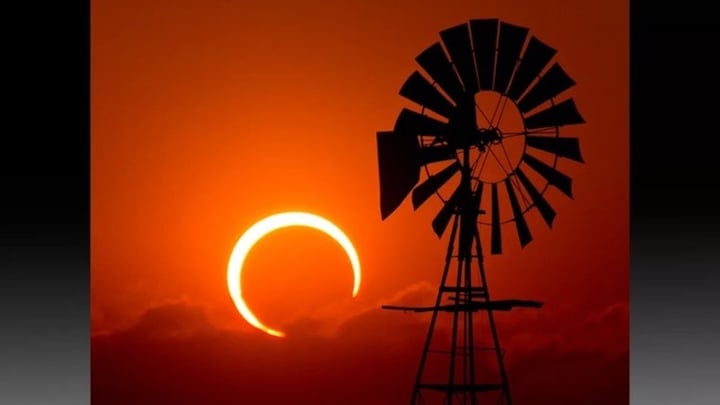
2012 solar eclipse in Texas.
Annular eclipse
An annular solar eclipse, different from a total solar eclipse, will occur on April 8, 2024, in Mexico, the United States, and Canada.
“They are two completely different experiences,” said Jayne Aubele, Senior Educator at the New Mexico State Museum of Natural History and Science, USA, when talking about the upcoming annular solar eclipse.
“With an annular eclipse, you don't see the darkness, the cooler temperatures or the 'black hole' effect, but what you do get is a very noticeable 'ring of fire' in its own right,” she added.
An annular solar eclipse results from the Moon passing in front of the Sun while slightly farther from Earth in its elliptical orbit.
During this eclipse, the Moon will cover up to 91% of the Sun, but not completely - so people should wear eclipse glasses when viewing the event at all stages.
The annular eclipse begins in Oregon and passes through Northern California, Nevada, Utah, northeastern Arizona, southwestern Colorado, New Mexico and Texas before moving across Mexico's Yucatan Peninsula, Belize, Honduras, Nicaragua, Panama, Colombia and Brazil.
The "ring of fire" was visible for a maximum of 4 minutes 29 seconds to 4 minutes 52 seconds in the US, meaning it was inside the 201 to 220 km wide "annular path".
"It matters where you are; if you're near the center, you'll see the phenomenon longer than if you're on the edge," said Angela Speck, an astronomer at the University of Texas, San Antonio, US.
Many US states will see clearly
The longest "ring of fire" will be visible from Padre Island off the coast of Texas, USA. People standing at the southern or northern border of the US will see the annular flash of light for just a second, although only from those locations will Baily's beads, or shimmering arcs of light, be visible.
The eclipse's path will pass through remote areas of the American Southwest, including National Parks, Crater Lake in Oregon, the Great Basin in Nevada, and Bryce Canyon in Utah. The largest cities it will pass over will be Albuquerque, New Mexico (which coincides with the final day of the annual Albuquerque International Balloon Fiesta) and San Antonio, Texas.
The southwestern United States is cool and even chilly in mid-October, especially at night. The annular eclipse will likely attract many tourists to witness it in person. For those unable to travel to see the 'ring of fire', there are several websites that will be streaming the event online, including the San Francisco Exploratorium and the ever-reliable www.timeanddate.com.
(Source: Tien Phong/According to Live Science)
Source







![[Photo] Binh Trieu 1 Bridge has been completed, raised by 1.1m, and will open to traffic at the end of November.](https://vphoto.vietnam.vn/thumb/1200x675/vietnam/resource/IMAGE/2025/10/2/a6549e2a3b5848a1ba76a1ded6141fae)


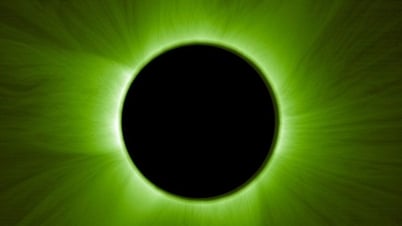

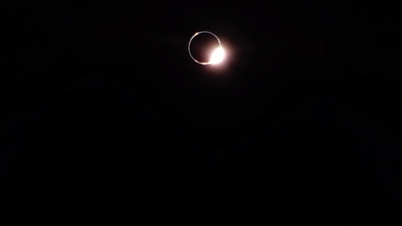

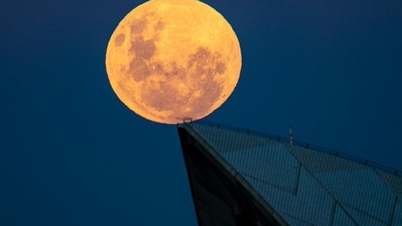


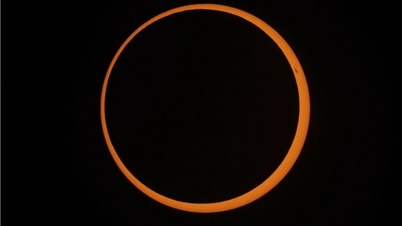















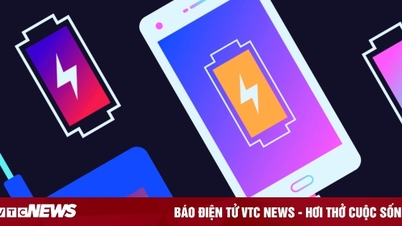








































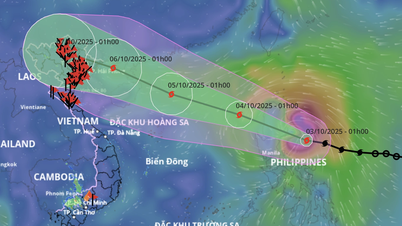





























Comment (0)